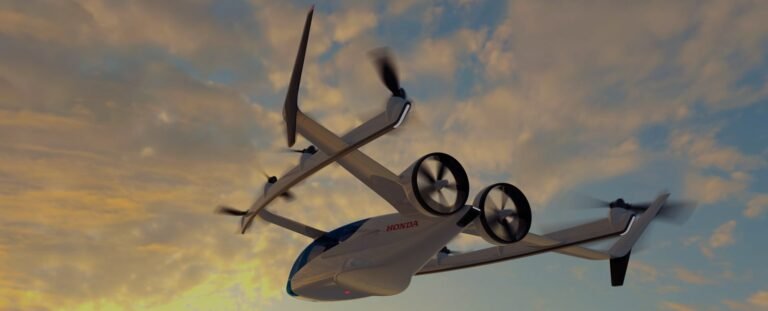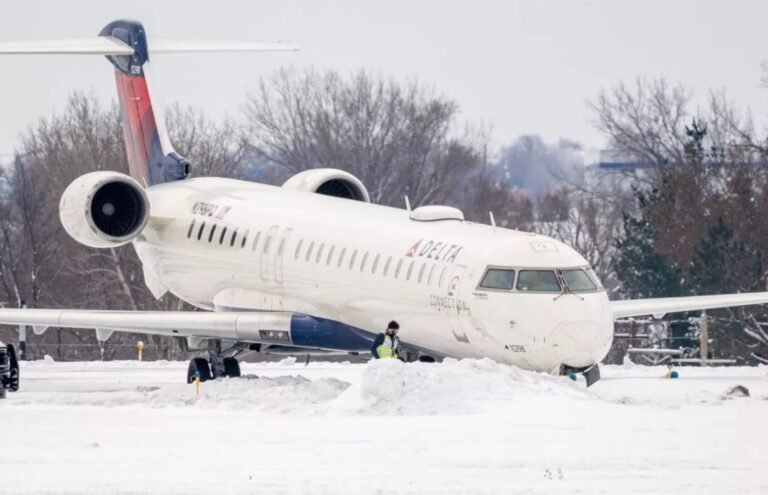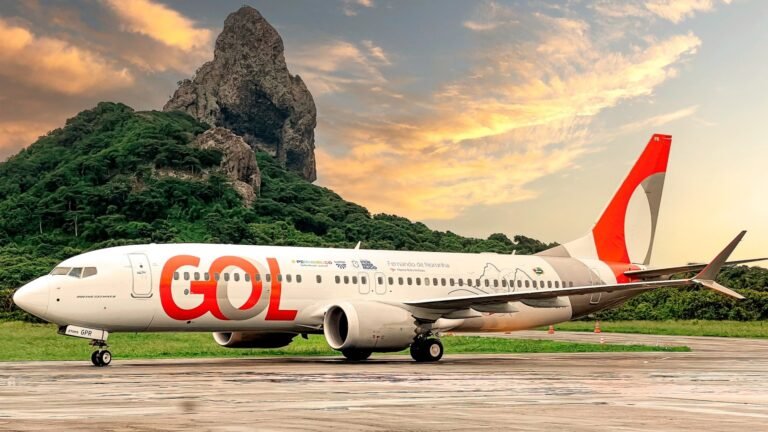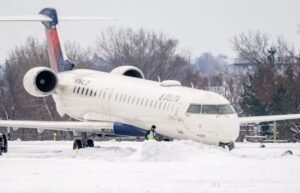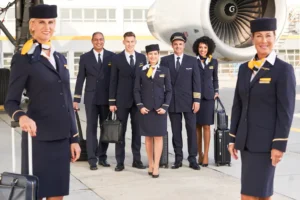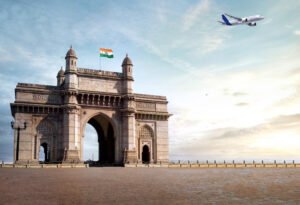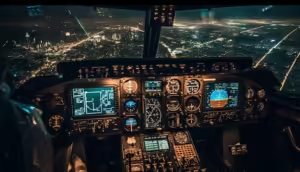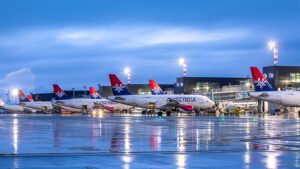The recent merger of Air India with Vistara, which is partly owned by Singapore Airlines through the Tata Group, signifies a crucial turning point in the aviation sector of India.
The first internal flight from Mumbai to Delhi and an international flight from Doha to Mumbai took off on November 11, 2024, marking the start of the recently merged Air India-Vistara operations.
Now functioning as a single airline, Air India caters to 120,000 passengers daily, connecting more than 90 destinations worldwide. Announced in November 2022 and finalized in November 2024, this merger aligns with Tata’s objective of establishing a “world-class global airline with an Indian heart,” bolstering India’s status in the international aviation arena.
The collaboration between Air India and Vistara has drawn considerable attention within the industry, representing Tata’s goal to enhance India’s influence on the global aviation scene. As of November 2024, Vistara, which was launched in 2015 as a joint venture between Tata and Singapore Airlines, is fully assimilated into Air India. Renowned for its premium service, Vistara has set high benchmarks in Indian aviation through superior onboard service, comfort, and cuisine, providing an exceptional experience for both business and luxury travelers.
Conversely, Air India has historically been a symbol of the Indian aviation industry, established by J.R.D. Tata in 1932. Once regarded as a pillar of pride for Indian aviation, Air India faced numerous obstacles over the years, including operational inefficiencies and financial difficulties, prompting many consumers to turn to alternatives like Vistara. After Tata regained ownership of Air India in 2021, their aim was to rejuvenate its legacy on a substantial, global scale. The merger with Vistara is vital to this vision, integrating Air India’s broad network with Vistara’s commitment to service quality to provide an enhanced, seamless experience for international travelers.
While this merger offers opportunities for growth and modernization, it also introduces logistical and emotional hurdles. Loyal customers of Vistara, who are accustomed to its premium services and benefits like the Club Vistara loyalty program, might have concerns as these offerings integrate into Air India’s Maharaja Club. Questions have also emerged regarding whether the distinct Premium Economy service of Vistara, which Air India has not yet standardized, will be maintained.
On the operational side, the integration necessitates the alignment of fleets, schedules, and systems. Tata has reassured customers of their dedication to upholding Vistara’s high standards of excellence, even as Air India adopts Vistara’s premium fleet and international collaborations. The objective is to merge the strengths of both brands to ensure passengers experience the familiarity of Air India alongside the superior service of Vistara.
Looking Forward: Tata’s Vision for Air India
Tata Sons Chairman N. Chandrasekaran wrote on his LinkedIn
‘The merger of Vistara and Air India Limited (AI) this week marks a significant turning point in our mission to make AI a top-tier international airline with an Indian heart. Following the merging of Air Asia and Air India Express, this merger has united four airlines into a single, integrated airline group. We have a lot to look forward to. The fleet has expanded more than 2.5 times from its pre-privatization size, and its 300 aircraft transport close to 200,000 people daily between 100 international locations. The fleet provides global connection to more than 800 locations through its partners”
“At the same time, it is crucial to recognize that a merger is unquestionably a period of change—different cultures are combined to produce something fresh and enduring, ” Chandrasekaran added. These mergers take time to complete. We made rapid progress, finishing the process in two years, all the while focusing on the end objective: realizing AI’s potential and transforming it into a top-tier international airline. This merger should be viewed as a step on a journey, given our goals. It will take time for the various business divisions to completely align because they were at varying stages of development when the merger started”
“While this happens, I am certain that Vistara will continue to provide the service experience for which it is recognized, while also introducing some of its best practices to AI. Customers will continue to get Vistara’s in-flight service and the cabin personnel they have come to expect”.
Additionally he stated “That brings me to AI, our national carrier. 2 years ago, when we took over, AI was in decline for a number of systemic reasons. The turnaround it needed could not be solved simply by the allocation of resources, but by rethinking every aspect of AI’s functioning from the ground up. Change had to be meaningful, not just in matters of appearance. In the last 2 years, we have moved swiftly to invest in people, processes, systems and technology. New staff and planes are already in service, and more are on the way”.
Chandrasekaran reflected on the challenging path of Air India, which necessitated substantial investments in staffing, technology, and infrastructure, including the establishment of South Asia’s largest aviation training institution. The recent introduction of Airbus A350s on routes such as London and New York signifies a hopeful future, as Tata endeavors to elevate Air India into a world-class airline with elevated standards.
Subscribe to our newsletter for more such interesting updates!



